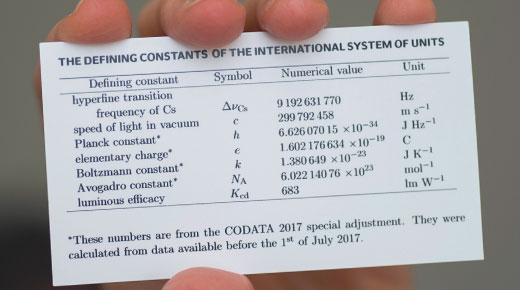I n November 2018, in Versailles, France, representatives from 57 countries are expected to make history. They will vote to dramatically transform the international system that underpins global science and trade. This single action will finally realize scientists’ 150-year dream of a measurement system based entirely on unchanging fundamental properties of nature.
|
ADVERTISEMENT |
The International System of Units (SI), informally known as the metric system—the way in which the world measures everything from coffee to the cosmos—will change in a way that is more profound than anything since its establishment following the French Revolution, which ended during the late 1790s.
It will be a turning point for humanity.
Too often, we’re blissfully unaware of the enormous number of precision measurements that make modern life possible. For example, every component of a smartphone—its processing chip, memory, microphone, and camera optics—depends on an infrastructure of meticulously measured and tested scientific principles, materials, tools, and processes that combine to ensure that the phone can reliably make calls, send texts, access the internet, and use GPS to help us navigate. Measurements make the world go round.
…

Add new comment